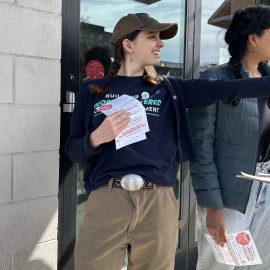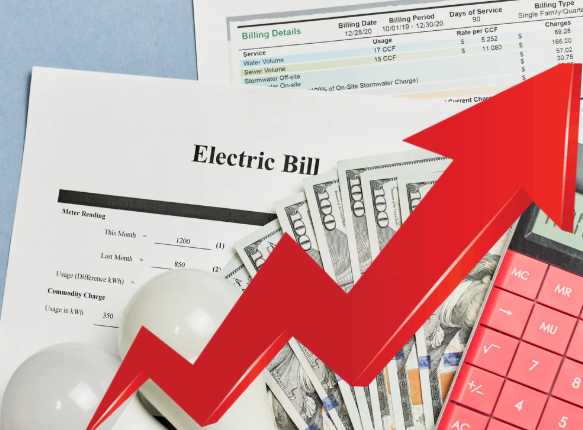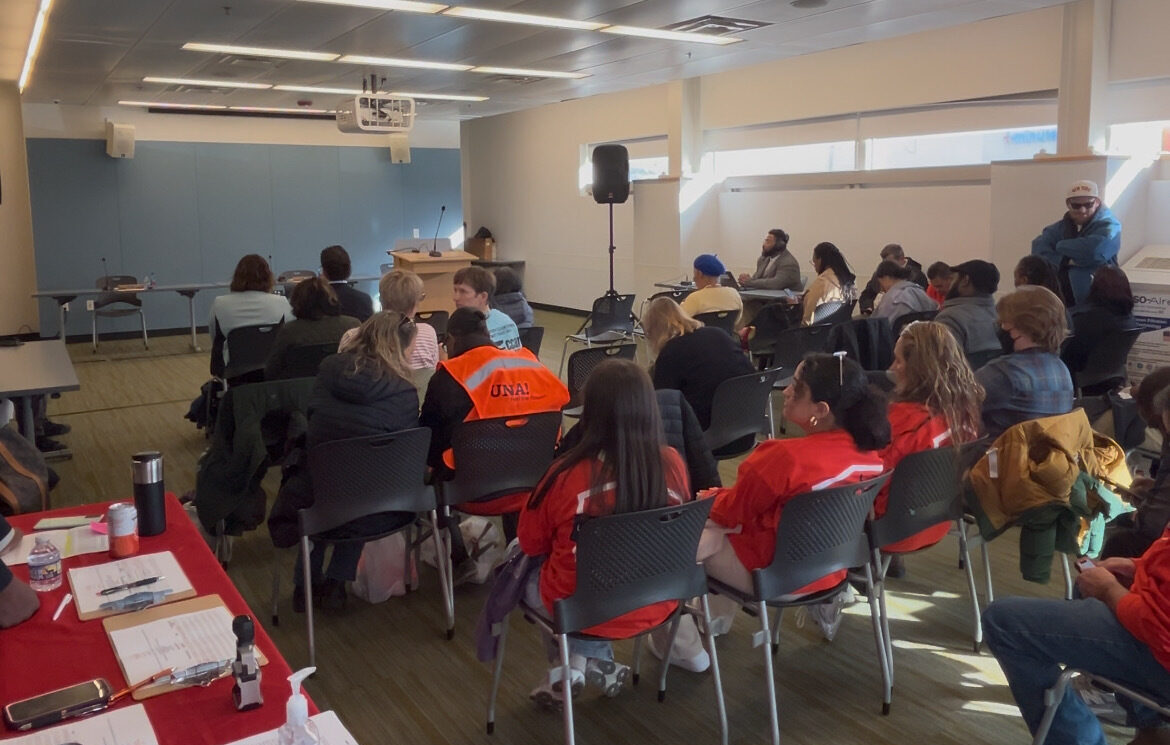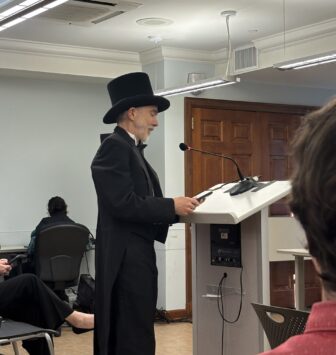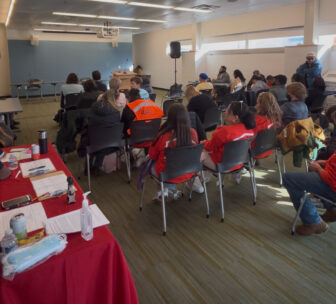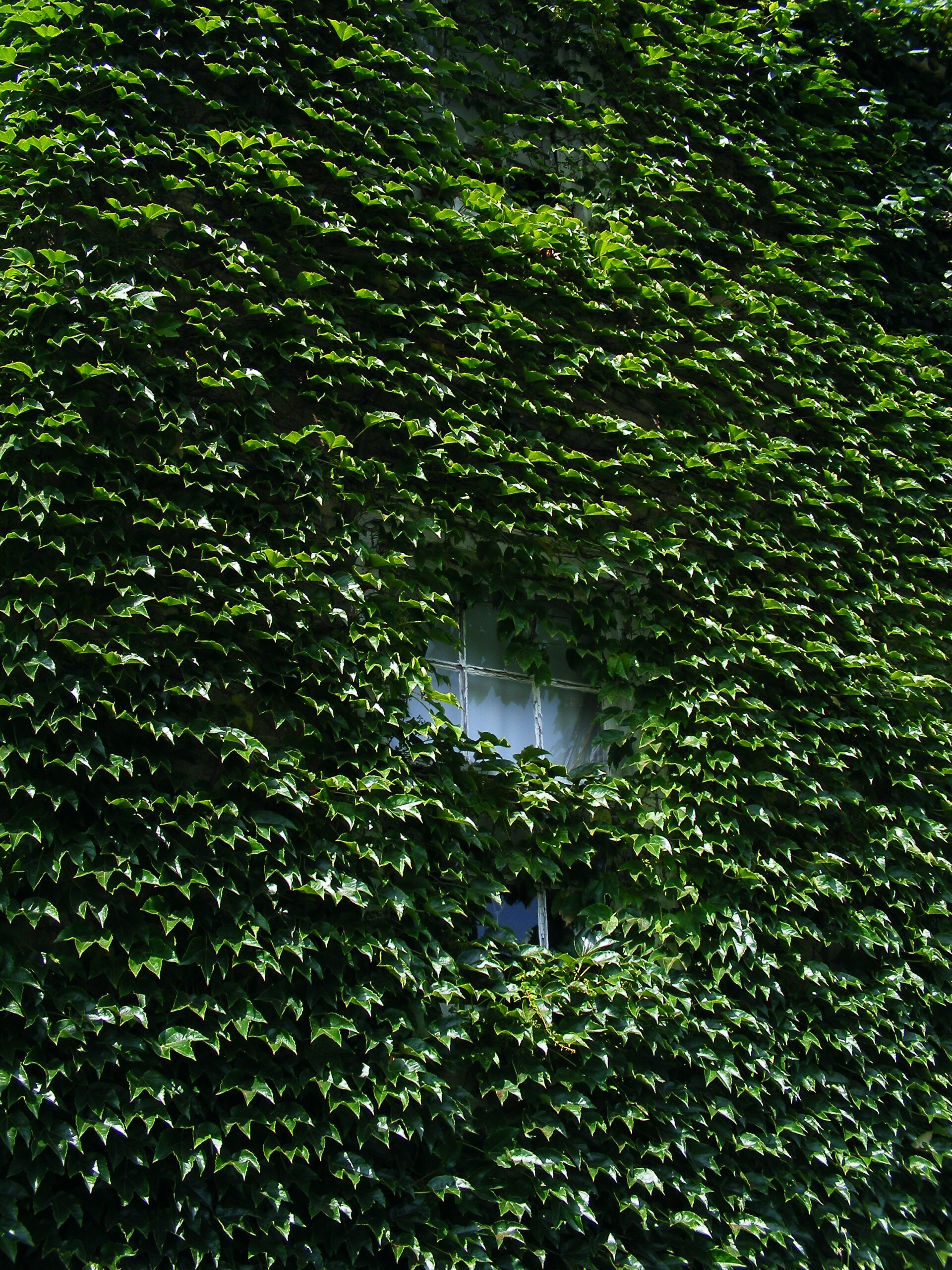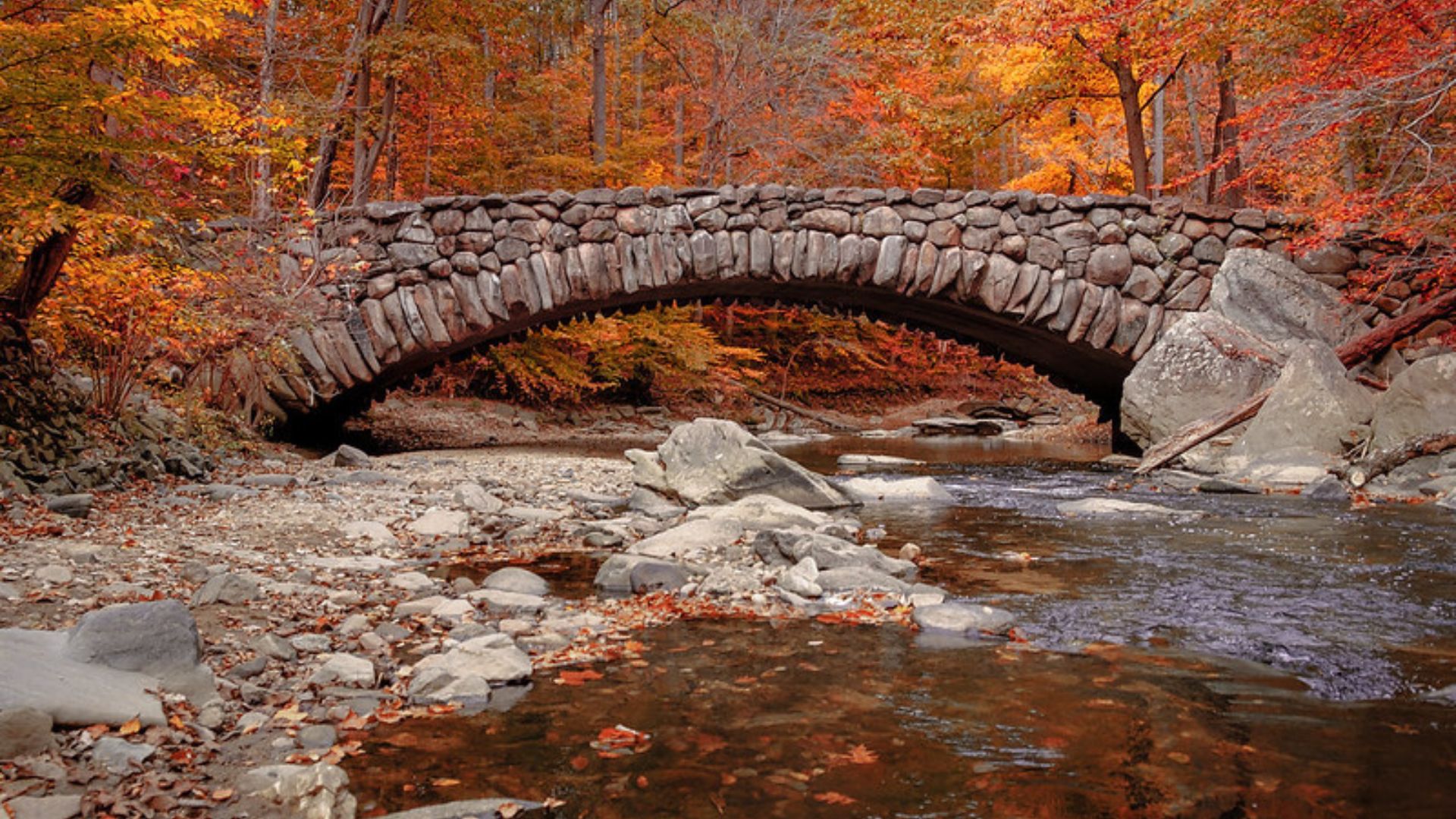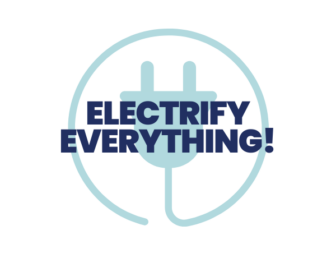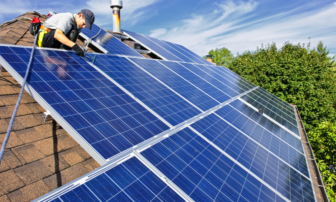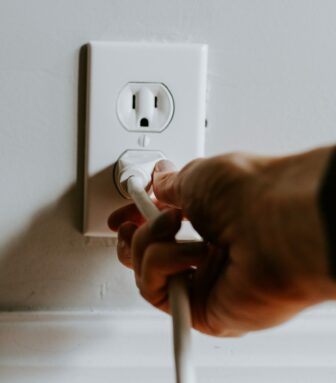By Ayla Frost, CCAN, and Harrison Pyros, We Power DC
Keep an eye on your electricity bills this summer! As we know, climate change is making our summers hotter, and more households are cranking up the air conditioning. But that isn’t the main reason your bill is skyrocketing. Pepco’s latest bill increase follows a pattern of rate hikes that it’s been forcing on customers for years – and we can’t keep footing the bill.
Why is Pepco raising rates?
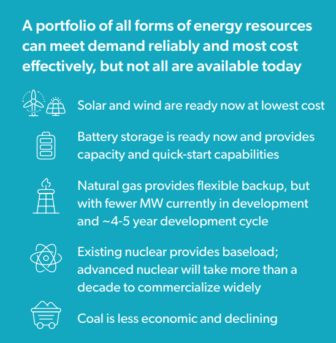
This June, the rates we pay for electricity are set to increase due to a bias against clean energy by D.C.’s regional power grid operator, PJM. PJM (Pennsylvania — New Jersey — Maryland) serves as “air traffic control” for the electrical grid, coordinating the movement of electricity to meet demand.
Utilities like Pepco get their electricity through PJM’s regional grid, and currently, the cost for that energy is on the rise. This is because fossil fuels are less reliable than solar and wind plants and more prone to fail during extreme weather. As PJM consistently prioritizes unreliable fossil fuels over clean energy, it has to tap into additional resources to keep the grid afloat when fossil fuels fail — creating additional cost that is, of course, passed on to consumers.
This means that Pepco customers can expect to pay up to 18% more on their Pepco bills starting this June. And that’s not all. This rate hike fits into an alarming pattern of rate increases by Pepco and other utilities in the D.C. region.
Just five months ago, in January, Pepco was responsible for another rate hike, which increased electricity rates in D.C. for the third year in a row.
Why so many hikes? Quite honestly, they’re doing this because they can. In practice, Pepco has a monopoly on our electricity in D.C., and is regulated by D.C.’s Public Service Commission, which is responsible for protecting consumers, regulating monopolies, and conserving natural resources. Unfortunately, right now, the Public Service Commission (PSC) is failing to protect D.C. residents from higher bills. The PSC has already approved Pepco’s “Climate Ready Pathway D.C. Multi-Year Plan,” which means D.C. communities can expect more hikes in the coming years.
Residents are already struggling to pay for housing, groceries, health care, education, and so much more. We can’t keep footing the bill for energy monopolies’ corporate greed. We are entering a serious crisis of energy affordability, and the PSC is failing to stop it. D.C. Council needs to step in to protect ratepayers from this crisis.
While decisionmakers drag their feet, here’s what you can do right now to lower your energy bills:
How can I lower my utility bills?
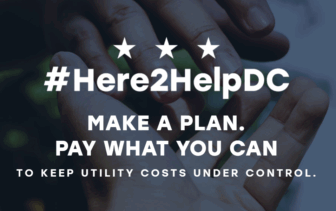 Apply for assistance! The D.C. government offers many services to help residents afford their utility bills. You also may qualify for utility discounts or credits. Starting in October, you may be able to save money through the Low Income Home Energy Assistance Program (LIHEAP). LIHEAP is one of many programs currently targeted by the Trump administration, and its future remains uncertain.
Apply for assistance! The D.C. government offers many services to help residents afford their utility bills. You also may qualify for utility discounts or credits. Starting in October, you may be able to save money through the Low Income Home Energy Assistance Program (LIHEAP). LIHEAP is one of many programs currently targeted by the Trump administration, and its future remains uncertain.
Electrify your appliances. You’ll save money on your bills if you upgrade your old appliances, including water heaters, clothes dryers, and gas stoves. DC Sustainable Energy Utility (DCSEU) offers programs to help you afford the switch to energy-efficient electric appliances like heat pumps, smart thermostats, and induction stoves. If you’re eligible, swapping out your appliances might be completely free!
Increase your energy efficiency. If you qualify for the Weatherization Assistance Program, you can receive an energy audit and free upgrades to increase the efficiency of your home. These won’t make your home electric, but they can help save you money, and weatherization will also help the environment. 
Get solar panels. DCSEU offers Community Solar and Solar for All programs to install solar panels on your roof for free, if you qualify! DC also offers Solar Renewable Energy Credits (SRECs) for solar energy generation. These can be traded or sold, in effect earning you dividends for providing green energy.
We are lucky to have programs that can help D.C. residents – whether we rent or own our homes – pay our bills. But this is a crisis that we can’t fix with band-aids, we need to address the root of the issue.
How can I fight these rate hikes?
We need you with us. CCAN and our partners at We Power DC are working hard to hold our utilities accountable. We’ve turned out dozens to testify against proposed rate hikes, and submitted comments in droves. Now it’s time to push D.C. Council to protect us from cash-grab rate hikes BEFORE they happen.
Take the Climate Action Survey to join CCAN’s team of volunteers pushing back on Washington Gas’ reckless rate hikes. Fired up about holding Pepco accountable? Join We Power DC to advocate for publicly owned utilities in D.C.
About the author: Ayla Frost (she/her) joined CCAN in January 2024 as DC Intern, and has worked as a full-time DC Organizer since September 2024. Ayla grew up in Oakland, California, but her childhood was marked by frequent trips to family in Baltimore, Maryland.
Over time, she developed a deep fondness for both of the bays in her life – the San Francisco Bay and the Chesapeake Bay – and became determined to do what she could to protect the natural world. As she learned more about the climate sphere, her real passion in the climate world was listening, connecting with, and uplifting the voices of people.
